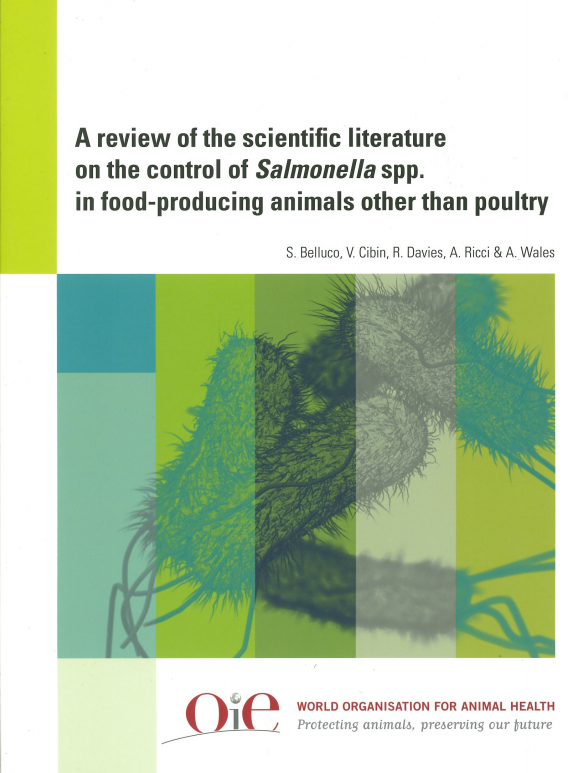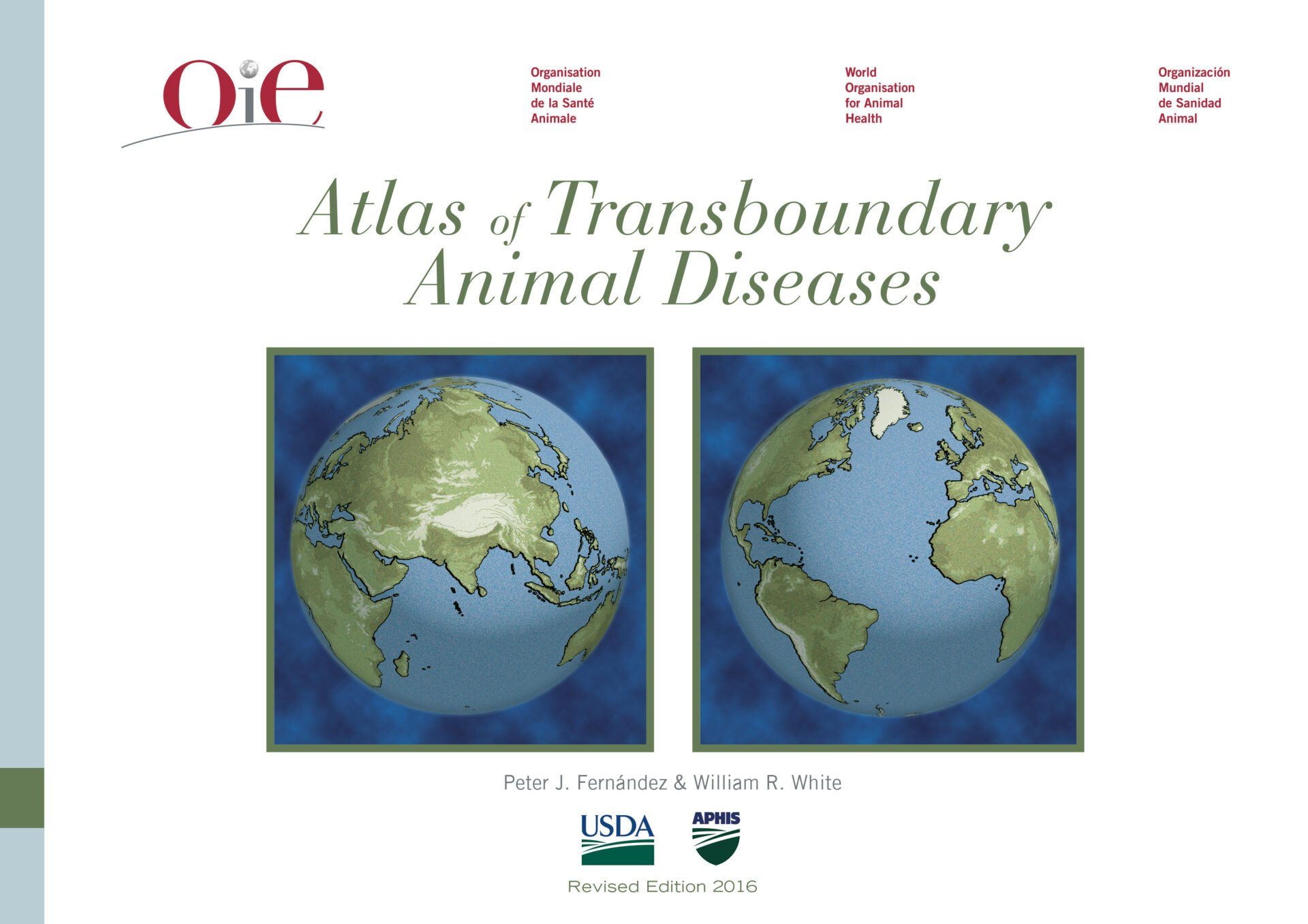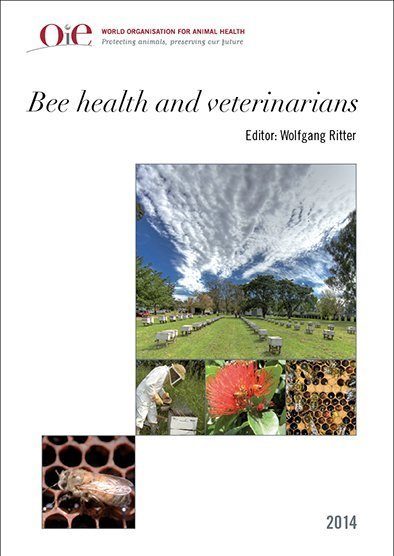Description
Salmonella species are prominent and enduring pathogens worldwide, which represent a challenge for both animal and human health. This review provides an extensive summary of the prevalence, epidemiology and control of Salmonella in non-avian livestock, as well as a review of attribution studies relating it to human disease.
This organism has many attributes that can confound simple approaches to its control on farms. These include a varied repertoire in antigenic structure and expression and in the extent and various manifestations of infection (serovars). Variation is also seen in the degree of adaptation by serovars to particular host species, and these differences can greatly affect the approaches, and success, of control regimes for livestock. The varied pathways implicated in the faecal-oral route of Salmonella infection in humans include the consumption and handling of contaminated food and water, direct animal contact and interpersonal spread. The attribution of sources for cases of salmonellosis is a developing field, with important implications for the focus of resources for prevention and control.
S. Belluco, V. Cibin, R. Davies, A. Ricci & A. Wales
2015
ISBN 978-92-9044-982-9
29.7 x 21 cm, 81 pp.
In English





